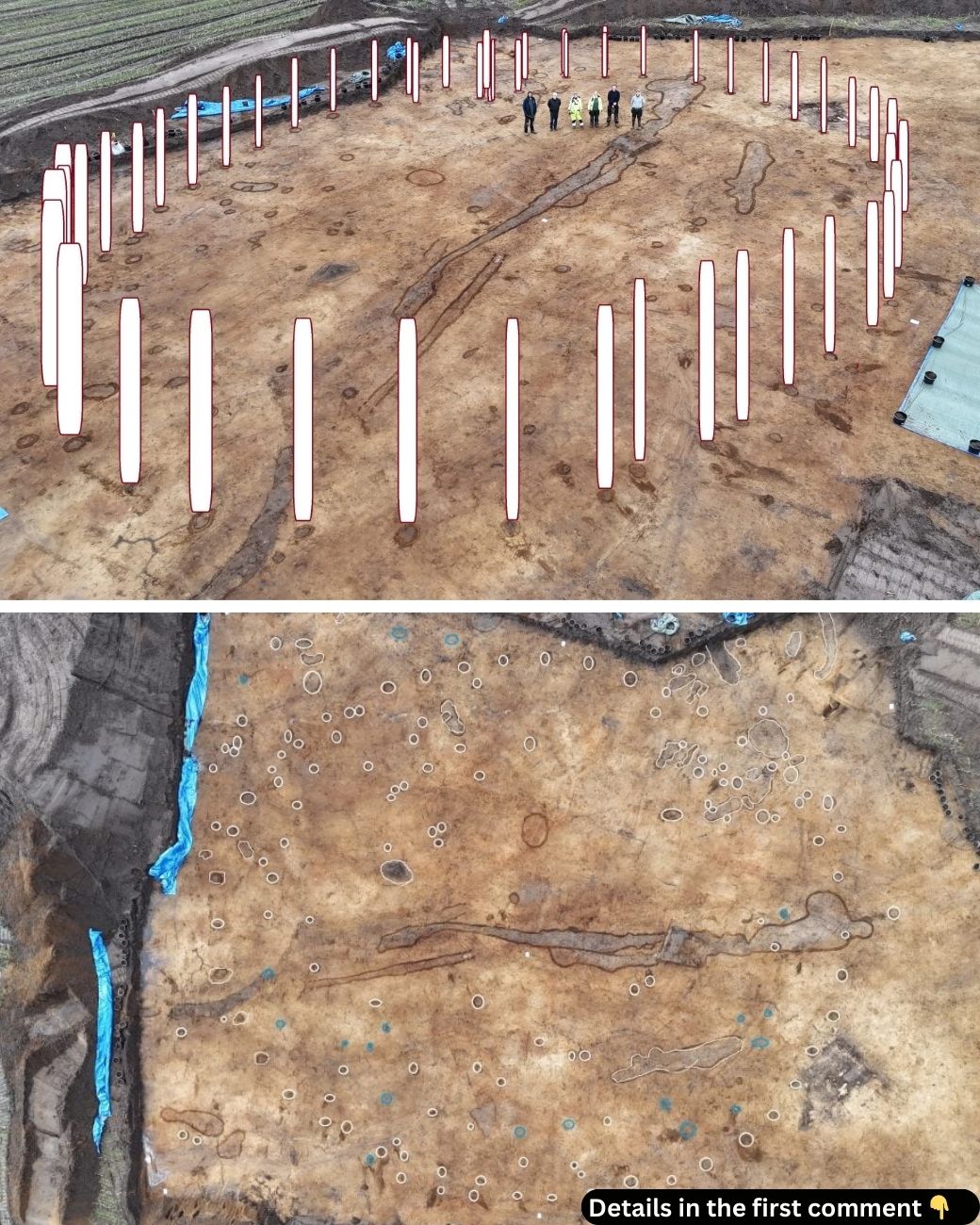In the heart of Denmark’s Vesthimmerland region, archaeologists have uncovered a remarkable Neolithic structure—a wooden circle dating back 4,000 years. This discovery, similar in design to the iconic Stonehenge in England, offers a rare glimpse into the rituals, social structures, and connections of prehistoric European societies. The timber circle, known as a “Woodhenge,” is believed to have played a significant role in ceremonial practices, shedding light on the shared beliefs and cultural connections between ancient communities across Europe. As excavation work continues, this extraordinary find promises to expand our understanding of Neolithic and Early Bronze Age life.
Unveiling the Timber Circle: The Discovery Process
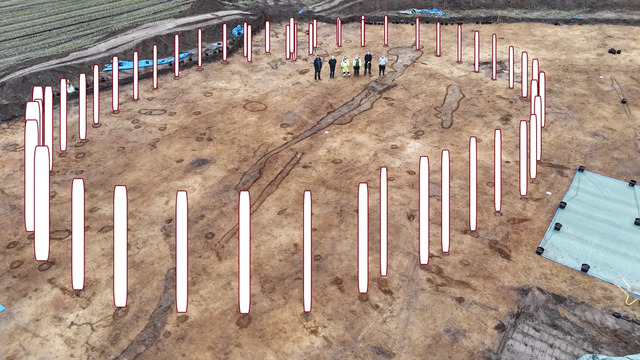
The discovery of the timber circle in Aars, North Jutland, came about unexpectedly during construction work for a housing estate. Initially, workers thought they had encountered a series of post holes. However, as excavation leader Andreas Bo Nielsen and Vesthimmerlands Museum curator Sidsel Wåhlin began their investigation, they soon realized they were dealing with something far more significant: a well-preserved wooden circle that could offer crucial insights into prehistoric rituals and cultural practices.
At first glance, the arrangement of the postholes appeared unremarkable. However, Wåhlin quickly identified the circular formation, sparking her excitement at what could be a “Woodhenge.” This discovery opened a window into a lost world, offering a chance to explore the connections between the Neolithic and Early Bronze Age people of Denmark, Britain, and other parts of Europe.
Video
Check out the video on the 4,000-year-old Stonehenge-like circle discovered in Denmark – it’s a fascinating find!
The Woodhenge: A Window into Neolithic and Bronze Age Beliefs
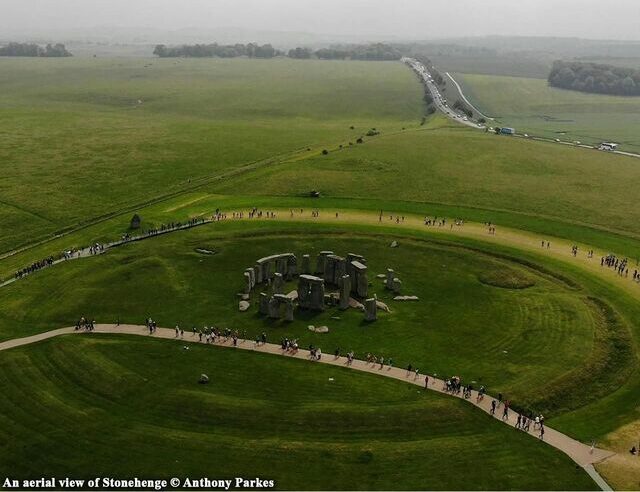
The structure uncovered in Denmark shares striking similarities with famous British sites such as Stonehenge and Woodhenge. While Stonehenge is built with large stone slabs arranged in a circle, a “Woodhenge” uses upright timbers placed in postholes. These wooden circles were likely used for rituals, astronomical observations, and social gatherings. The Danish timber circle, with a diameter of approximately 30 meters and at least 45 postholes, represents one of the larger and more significant finds of its kind.
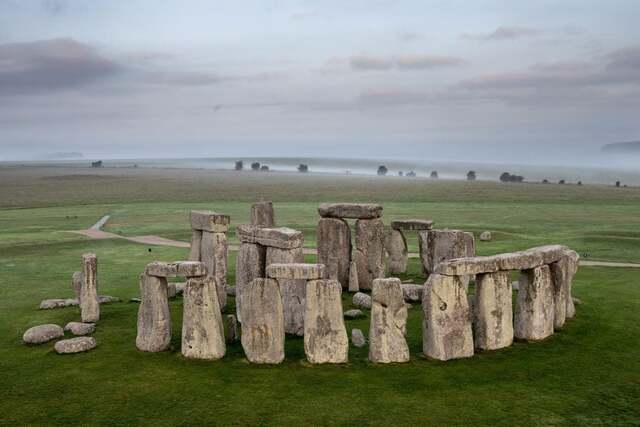
Experts believe these structures were closely tied to sun worship and agricultural ceremonies. Like their counterparts in Britain, the Danish “Woodhenge” likely served as a site for communal activities, fostering social cohesion among local communities. It is not just a Stonehenge – A National Treasure: Located in Wiltshire, England, this UNESCO-listed landmark continues to captivate historians and visitors alike.
physical structure; it offers a glimpse into the shared worldview of ancient societies, where rituals and belief systems formed the backbone of cultural identity.
The Structure of the Timber Circle: Design and Dimensions
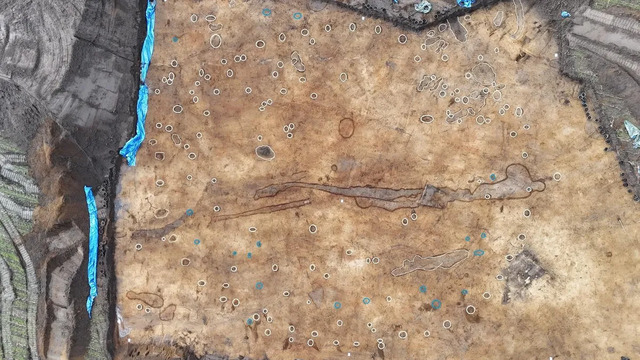
The timber circle consists of at least 45 wooden posts, spaced approximately 2 meters apart. The exact material of the posts has not yet been definitively determined, but it is believed that oak was used, as it was a common material for constructing such monuments during the Neolithic period. These posts would have been set upright in the postholes, creating a circle with a diameter of about 30 meters. Though no wooden remains stand today, the postholes themselves serve as a valuable record of the original structure.
This design and scale are similar to other timber circles discovered in Britain and Ireland, though the Danish example is larger and likely more complex. The precise function of these timber circles remains a subject of debate, but their size and the effort involved in constructing them point to their importance in the social and ritual lives of the people who built them.
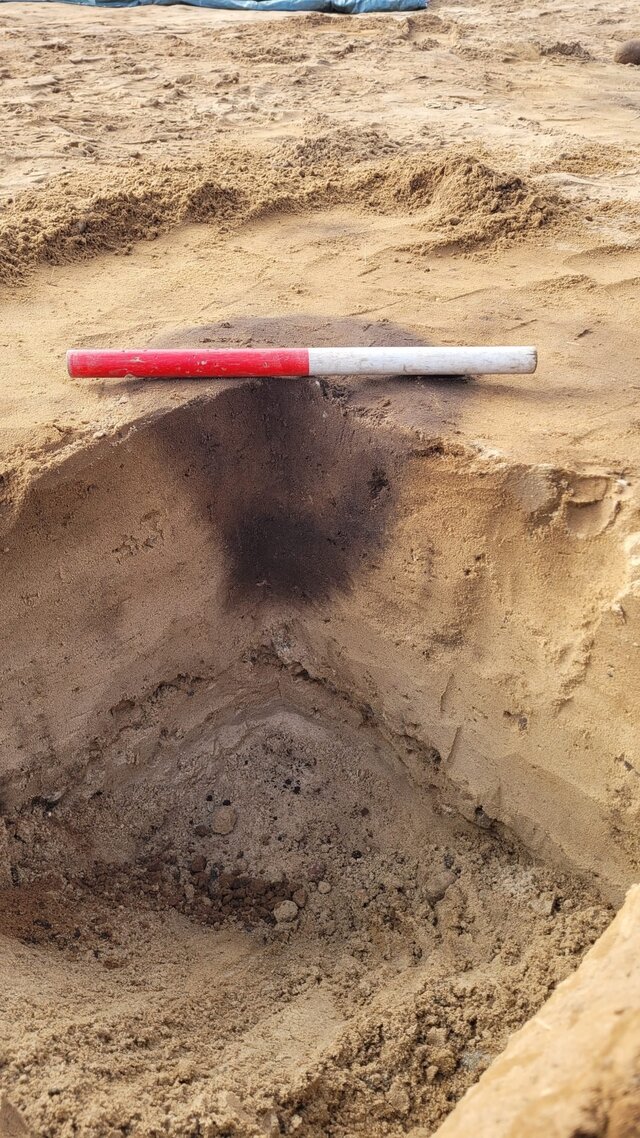
Connections with Other European Sites: Shared Beliefs and Practices
The discovery of this Danish timber circle reinforces the idea that Neolithic and Early Bronze Age communities across Europe shared cultural and religious practices. The alignment of the Danish woodhenge with Stonehenge and other similar structures suggests that these prehistoric peoples might have held common beliefs related to sun worship, the cycles of nature, and agricultural rituals. The similarities between these sites are not just architectural but also symbolic, reflecting a shared understanding of how the natural world and the supernatural were intertwined.
In particular, the alignment of these wooden circles with solstices and equinoxes points to their role in marking important seasonal changes. Just as Stonehenge is believed to have been designed to align with the summer solstice, the Danish woodhenge may have also been a site for observing celestial events, reinforcing the connection between these communities and the cosmos.
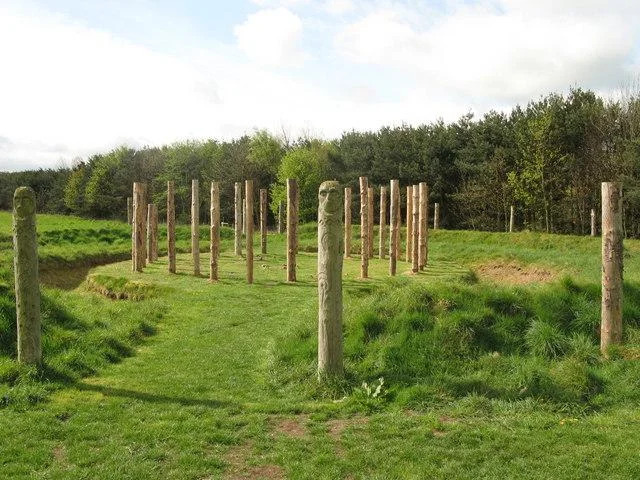
The Bell Beaker Culture and Its Influence on Rituals
Archaeologists also believe that this timber circle may be linked to the Bell Beaker culture, a widespread cultural movement that spread across Europe around 2800-1800 BCE. The Bell Beaker people were known for their distinctive pottery, advanced metalworking, and new burial customs. This cultural shift marked a transition from the Neolithic to the Bronze Age, and it likely played a key role in shaping the ritual practices that are reflected in sites like Stonehenge and the newly discovered Danish timber circle.

The Bell Beaker culture is associated with large ceremonial sites, and the Danish woodhenge is a testament to the enduring influence of this cultural movement. Its presence suggests that the people who built it may have been part of a broader network of societies that exchanged ideas and practiced similar rituals across Europe.
Archaeological Analysis: Uncovering Ritual Deposits and Materials

Ongoing excavations are focused on uncovering more details about the timber circle and its use. One key area of interest is the potential discovery of ritual deposits—items such as flint arrowheads, daggers, or other ceremonial objects that could reveal more about the spiritual practices of the people who built the structure. Archaeologists are also analyzing the wood samples taken from the site to better understand the construction methods and the materials used.
The presence of such ritual objects would help archaeologists learn more about the religious and social activities that took place at these sites. Additionally, the discovery of human remains or animal bones at the site would provide further evidence of the ceremonial functions of the timber circle.

Genetic Testing and Links to Other Populations
To gain a deeper understanding of the connections between ancient populations, researchers are planning to conduct DNA analysis on wood samples from the site. This genetic testing could reveal links between the people who built the Danish woodhenge and those from other parts of Europe, particularly Britain. Such findings would provide valuable insights into the movement of people and ideas during the Neolithic and Early Bronze Age, shedding light on the extent of cultural exchange between early European societies.
By analyzing genetic connections, archaeologists hope to piece together a more complete picture of the relationships between prehistoric communities, highlighting the shared practices and belief systems that transcended regional boundaries.
The Significance of the Find: A Glimpse into the Past
The discovery of the timber circle in Denmark is a significant contribution to our understanding of early European societies. Not only does it provide insight into the social and ceremonial life of Neolithic and Early Bronze Age communities, but it also reinforces the idea that prehistoric peoples across Europe were more interconnected than previously thought. The shared architectural features and ritual practices suggest a common cultural thread that linked distant communities, uniting them through shared beliefs and collective rituals.
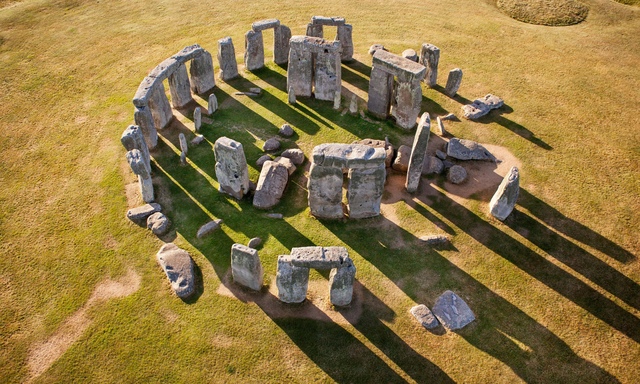
Conclusion: The Continuing Journey of Discovery
As excavation work continues at the Danish site, archaeologists are uncovering more details about this extraordinary find. The timber circle offers a rare opportunity to explore the lives of the people who built it and to understand the broader cultural and religious landscapes of early Europe. With ongoing analysis, genetic testing, and further excavation, we are just beginning to scratch the surface of what this site can reveal about the prehistoric past.
The discovery of this “Woodhenge” in Denmark is not just a remarkable archaeological find; it is a testament to the enduring connection between humanity and the natural world. As we continue to uncover the mysteries of these ancient sites, we gain a deeper appreciation for the rituals, beliefs, and social structures that shaped the earliest civilizations.
Video
Watch the video to uncover if a ‘Stonehenge-like’ monument has been discovered in Denmark – you won’t want to miss this!
